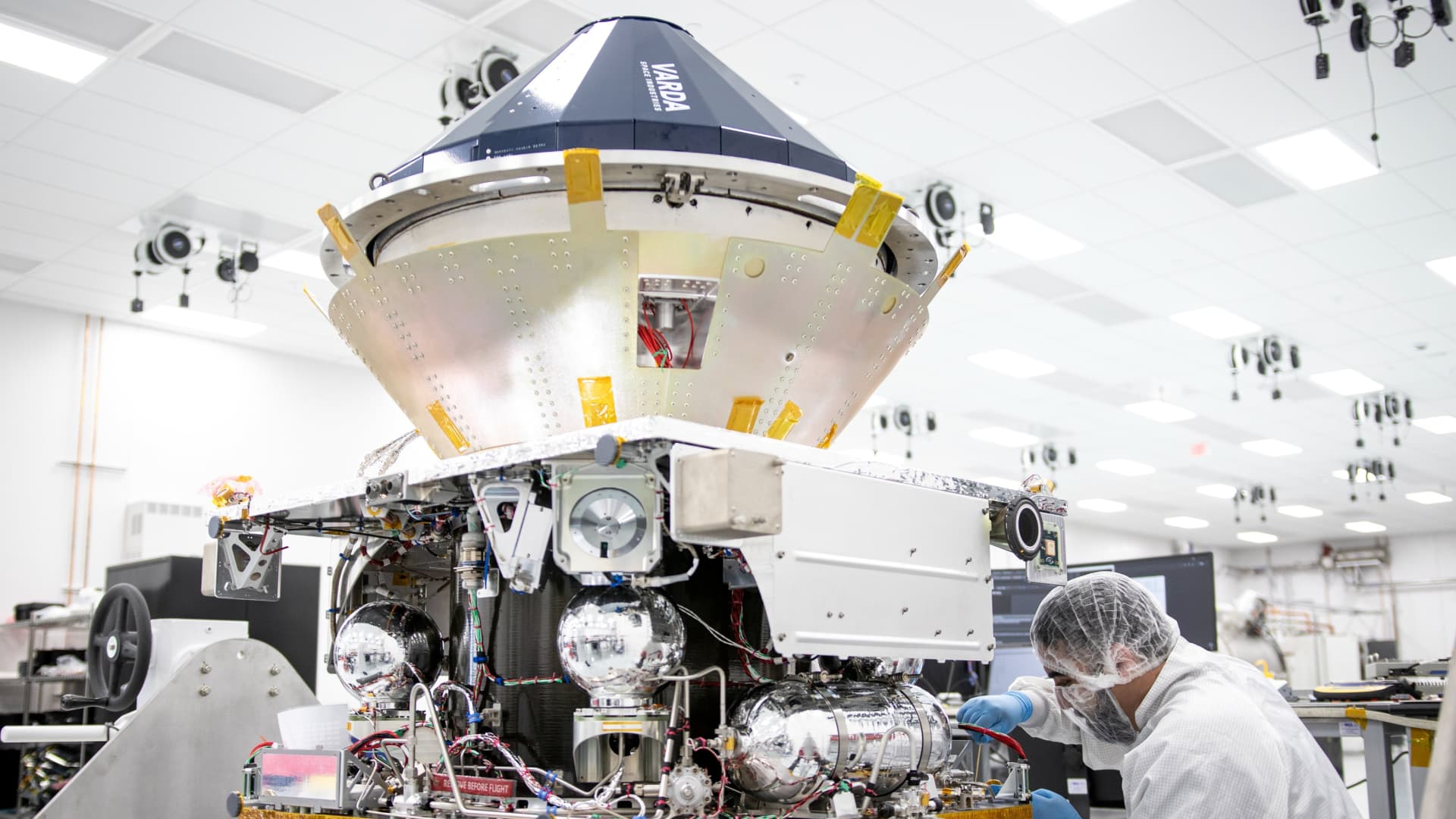Disney is raising prices on almost all of its streaming offerings as it looks to accelerate profitability for the business.
Commercial-free Disney+ will cost $13.99 per month, a 27% increase, beginning Oct. 12. Disney+ with ads will remain $7.99 per month. Disney will also expand its ad-tier offering to select markets in Europe and in Canada beginning Nov. 1.
Disney is increasing the price of Hulu without ads to $17.99 per month, a 20% price hike. Hulu with ads will also stay the same price, at $7.99 per month.
For comparison, Netflix’s standard plan without commercials is $15.49 per month. Warner Bros. Discovery’s Max is $15.99 per month.
The decision to price Disney+ nearly as high as commercial-free Netflix and Max, and charge even more for Hulu, signals Disney believes its content library can compete with both of those services. When Disney Chief Executive Officer Bob Iger launched Disney+ in 2019, he deliberately set the niche family offering at a low price of $6.99 per month — nearly half the price of Netflix.
Last year, Disney increased the cost of Disney+ by $3 per month. Iger acknowledged he was surprised the price increase led to minimal cancelations of the service.
“We took a pretty significant price increase at Disney+ sometime late in 2022, and we really didn’t see significant churn or loss of subs because of that, which was actually heartening,” Iger said during Disney’s earnings call on Wednesday.
Iger noted that Disney is deliberately trying to steer users toward its ad-supported services by keeping prices for those services the same. The advertising landscape for streaming is healthier than traditional linear TV, Iger added.
Disney has added 3.3 million subscribers for its U.S. advertising-supported service after it launched in December, Iger announced on the call. About 40% of new Disney+ subscribers have signed up for the ad tier, he said.
Disney is now betting consumers will pay more for its streaming services even as the Hollywood writers and actors strikes threaten its content pipeline in the coming months.
For consumers who want both Disney+ and Hulu without commercials, they can pay $19.99 per month in a new “premium duo” offering — a $12 per month savings. That offer will be available starting Sept. 6. The Disney+ and Hulu bundle with ads will not change from its $9.99 per month price.
Disney also increased the price of its bundle of Disney+ (no ads), Hulu (no ads) and ESPN+ (with ads) to $24.99 per month from $19.99 per month. The bundle of all three products with commercials will be $14.99 per month, an increase of $2 per month.
Disney said Wednesday its streaming division lost $512 million in its fiscal third quarter. Disney+ excluding India’s Hotstar added 800,000 subscribers during the period. Disney+ ended the quarter with 105.7 million Disney+ subscribers, excluding Hotstar, and about 146 million in all.
Disney is also increasing the price of Hulu + Live TV with ads to $76.99 from $69.99 per month. The commercial-free Hulu + Live TV will jump to $89.99 per month from $82.99 per month.
WATCH: Bob Iger will lead Disney through this difficult time, says BofA Securities’ Jessica Reif Ehrlich.
Correction: This story was updated to reflect that the ad-free Disney+ price increase will take effect Oct. 12. A previous version misstated the date.




